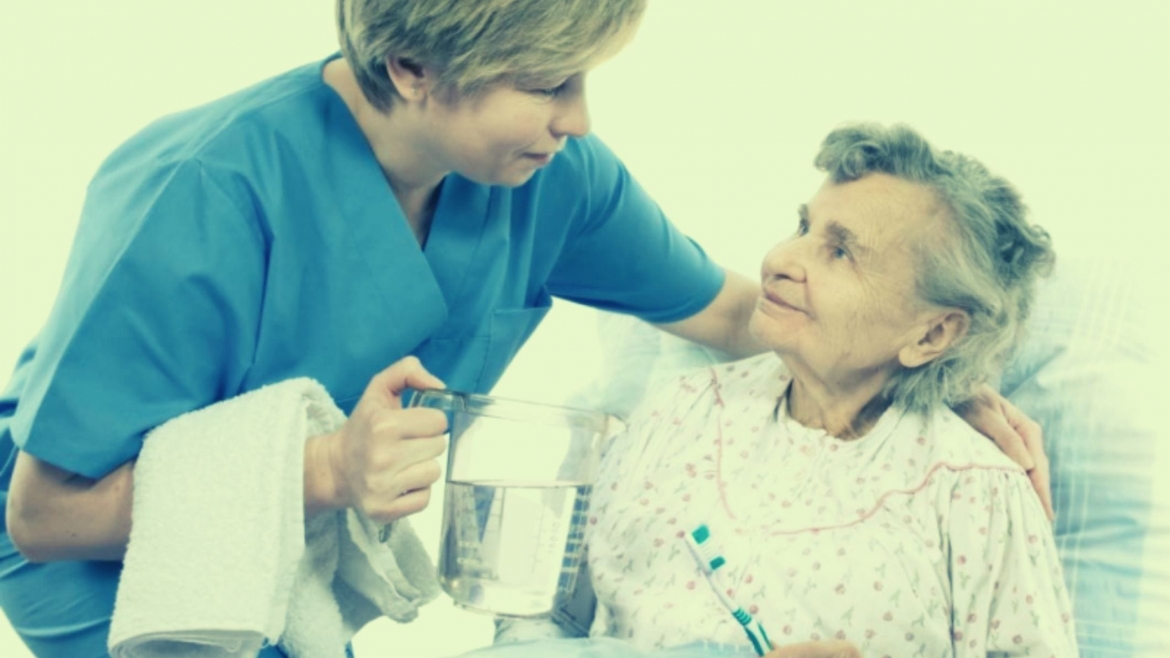Steps in Giving a Senior a Bed Bath
Steps in giving a senior a bed bath. Regular bathing is important for keeping your loved one’s skin healthy. It can help prevent infections and allow you to check for sores or rashes. Bathing also helps your loved one feel clean and refreshed.
The level of assistance your loved one needs when bathing is contingent on how mobile they are. You may be taking care of someone who has momentary trouble with self-care as they recover from an illness or operation. Or you might be looking after an older person who has memory issues and can’t recall how to bathe independently. Alternatively, you could be caring for someone who has long-term immobility, such as a paraplegic. This individual would need considerably more help when bathing than the others mentioned previously.
A person who is confined to bed but can still move somewhat may be able to take a shower with help once or twice a week. Or the person may prefer washing at the sink or in a basin every day. A person who cannot move much or at all needs a bed bath often called a sponge bath though washcloths are frequently used as well. You can give someone this type of bath without getting the bed sheets wet.
If you are young and have no blood flow problems, you can bathe more often if desired. However, for older adults, it is advisable to stick to 2-3 times per week in order to avoid skin issues such as sores.
Let your loved one clean himself or herself as much as possible. As you help to undress and bathe them, try to be relaxed. Bath time can be embarrassing for both you and the person you’re caring for, so if you act calm and unembarrassed, they may feel more comfortable.
Preparing for a bed bath for Seniors
To get ready to give a senior a bed bath, start by getting all the supplies you will need:
- Four or more washcloths or bath sponges.
- Three or more towels. It’s about warmth and comfort.
- Two wash basins (one for soapy water, one for rinsing).
- Soap (a bar of soap, liquid soap, or wipes). Organic if you can! Cheap soap leads to dryness.
- “No-tears” or no-rinse shampoo. Organic again.
- Body lotion. The key to ensuring no skin breakdowns or tears.
- A waterproof mat or sheet to keep the bed dry. That way you are not having to do a bed change.
- A stand to hold the materials. Keep everything close for a rhythm and keep your senior comfortable and warm.
Adjust the room’s temperature to a comfortable level for the person and ask if it is alright. If the bed is too low, put your knee on it so you won’t hurt your back as you reach over and bathe them.
Helping a Senior with the Bed Bath
When you help someone bathe you may have a chance to check the skin for redness or sores. Pay special attention to areas with creases, such as beneath the breasts or in the folds of the stomach. Also look at the groin area and bony areas, such as the elbows and shoulders.
Use two large bowls – one for holding soapy water and the other for clean water for rinsing. Make sure the temperature of the water isn’t too hot by testing it with the back of your hand. You don’t have to wear gloves, but it might be a good idea if the person has been vomiting or has had diarrhea. And it’s also advisable to wear a mask if you or the person is sick with an illness that can spread easily, such as a cold or flu virus.
- Wash and dry your hands, and put on gloves.
- Let the person undress and wash as much as they are able. Remove clothing only from the area you are going to wash.
- Wash with a washcloth and either soapy water or wipes, then rinse using another cloth and clear water.
- Start by washing the cleanest areas of the body, and save the less-clean areas for last. Once you finish scrubbing an area, turn the washcloth over to a new side so you can use a clean part on the next area. When necessary, grab a new washcloth altogether.
- Wash the eyelids, starting from the inside and moving out. This is an area often missed.
- Wash the face, ears, and neck. Clean as you would like you had a Qtip.
- Wash the arms one at a time, and then the hands.
- Wash the chest and belly, including the belly button.
- Wash one leg, and then the other.
- Wash the feet and in between the toes. The in between toes is an easy miss.
- Roll the person onto their side so you can wash their back. (If you need help rolling the person, ask someone else to avoid hurting your own back.) Once the back is clean, help them roll onto their stomach.
- Pour out the water (which by now may be cold) and replace it with fresh warm water.
- Using a new washcloth, clean the genital area first and then work to the senior’s “back end.”
- If you’re wearing gloves, take them off. Change the water and wash your hair thoroughly. You can use a no-tears or no-rinse shampoo with just water. Examine your scalp carefully for any redness or sores.
- Rinse the hair with clean, warm water.
After the bath, put on unscented body lotion to keep the skin from drying out. Avoid areas that tend to get sweaty or moist, like under breasts or in groin folds. Help them finish getting dressed if necessary, then put away your supplies and wash your hands.
